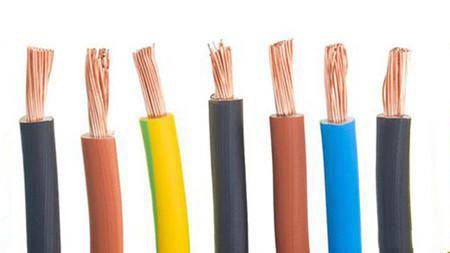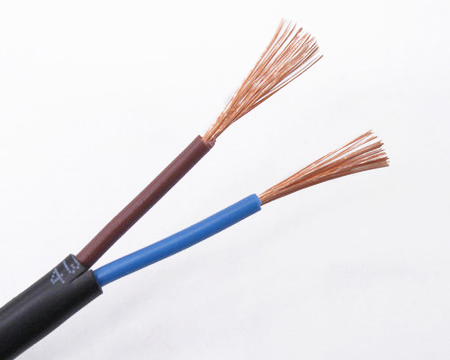Definition
RV cable, also known as photovoltaic cable, is a single-conductor cable connecting photovoltaic power system panels. The cross-section is generally between 0.5 mm2 and 150 mm2. It is widely used in the industrial production and power distribution equipment industry.

RVV cable, also known as sheath line, is a common multi-core or multi-core conductor cable in weak current systems. Usually RVV cables are two or more RV wires plus a layer of PVC sheath. The role of the sheath layer is to protect the cable and improve the mechanical strength of the wire.

Difference
lConductor structure
RV cable is a single-core copper wire, while rvv is a multi-core drag chain cable, which consists of two or more RV wires.
lSheath
The surface layer of the RV cable does not have a protective wire cover, and there is a layer of PVC protective wire cover on the outside of the RVV cable.
lColor
The RV cable has a variety of colors, including red, yellow, white, blue, green, brown, gray, and black, while the RVV line has only gray-black and white.
lRated voltage
The rated voltage of the RV cable is 450V/750V, and the rated voltage of the RVV cable is 300V/500V.
lApplications
The RV cable is used for more strict flexible installation sites, such as electrical cabinets, power distribution cabinets and various low-voltage electrical machinery and equipment. It can also be used for the transmission of solar power engineering, electrical control system data signals and power switch data signals.
RVV cables are used in weak current systems, such as electrical equipment, instrument panels, automated machinery, manipulation data signal coaxial cables, intelligent anti-theft alarm system software, high-rise residential intercom system software, and home lighting lamp electrode connection lines.
KUKA cable is a professional manufacturer of all kinds of special wire and cable. We can provide you with high quality and low price products.





